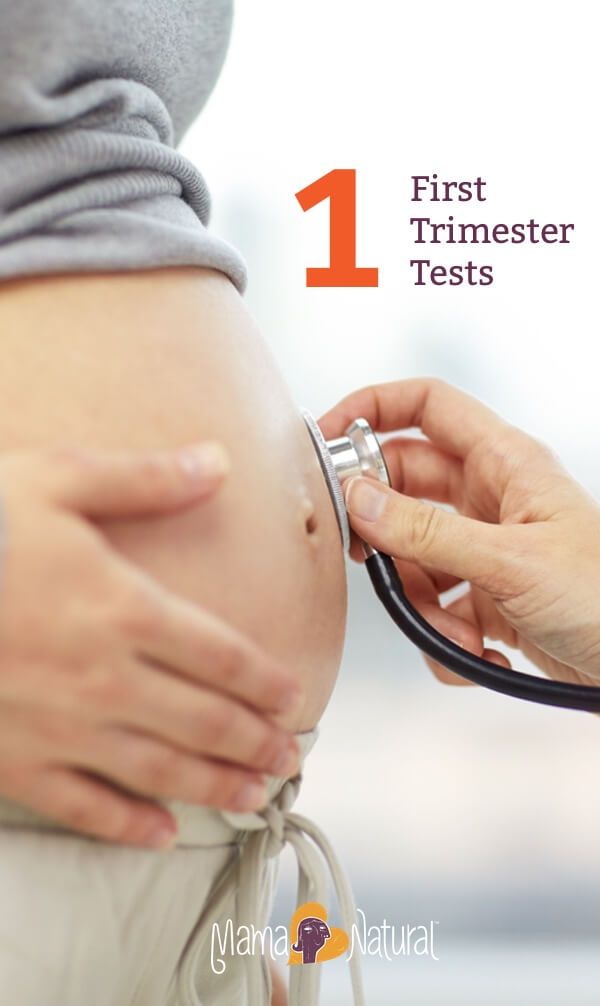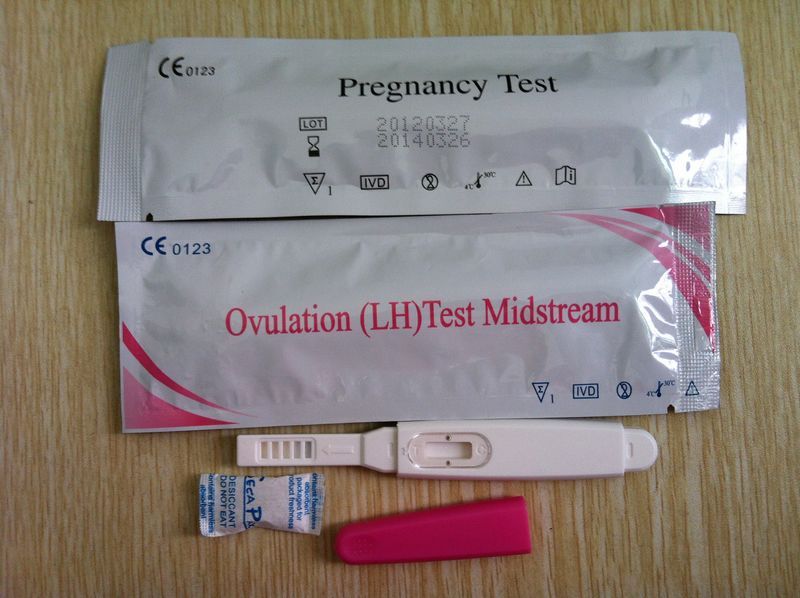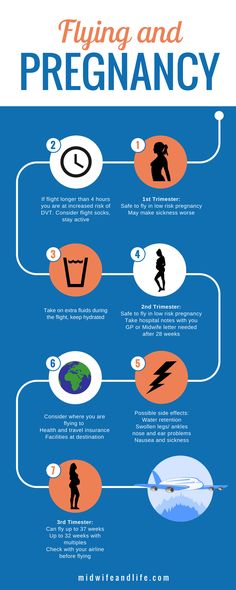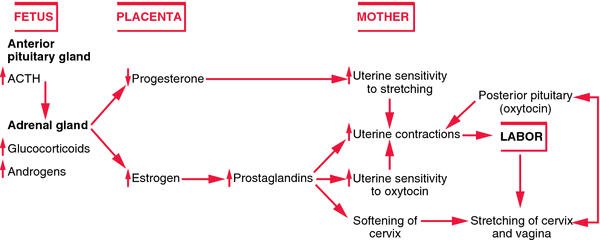How far along is 13 weeks pregnant
Baby Development, Symptoms and Tips
Pregnancy Week by Week
- Week10
- Week11
- Week12
- Week13
- Week14
- Week15
- Week16
Advertisement
Key Takeaways at 13 Weeks Pregnant
- Good news: You should hopefully start feeling more like yourself soon, as you enter your second trimester. The initial pregnancy exhaustion may fade and the nausea might too! The honeymoon phase of pregnancy is approaching, meaning you might get a burst of energy for a few weeks.
- You might have a 13-week ultrasound or possible non-invasive prenatal testing (NIPT), which looks for chromosomal abnormalities. Baby’s sex might be detectable at this point too—but not guarantees.
The end of week 13 is the end of the first trimester! We’re not just talking about getting through those work meetings without falling asleep (or puking), we’re talking about how you’re now 1/3rd of the way through your pregnancy! At 13 weeks pregnant, you’ve grown a fetus that has vocal cords, teeth and even fingerprints (wow!), and you’ve probably kept this incredible news (mostly) secret while wishing you could shout it from the rooftops—or, at the very least, use it as an excuse for getting to work late.
Watch Week 13 Highlights
Baby at Week 13
That little cutie of yours is growing fast as you approach the second trimester. Here’s what you can expect.
How big is baby at 13 weeks?
At 13 weeks, baby is as big as a lemon. Your 13-week fetus is about 2.9 inches long and weighs about .81 ounces, and proportion-wise, their head is now about 1/3 the size of the body instead of 1/2.
13 weeks pregnant is how many months?
At 13 weeks pregnant, you're three months pregnant, although doctors track pregnancy by week, not month. This is the last week of the first trimester. (We can’t say it enough because it’s so great to be here!)
13 week ultrasound
A 13-week ultrasound could detect baby’s sex, but since it can be pretty tough to make out little boy or girl parts, your doctor will probably wait until the mid-pregnancy ultrasound (around 18 to 22 weeks), when it will be much more obvious, to look and see whether you’re having a girl or a boy.![]()
If you’ve chosen to have prenatal cell-free DNA testing, also known as non-invasive prenatal testing (NIPT), to screen for chromosomal abnormalities, you’ll be able to find out the sex when you get your results. Hey, at 13 weeks, you may already know! Oh boy! (Or girl!)
3D Views: My Baby, My Body
See their progress for yourself with our 3D interactive tool.
See My Baby in 3D
See My Body in 3D
Pregnancy Symptoms at Week 13
You might notice that around 13 weeks pregnant, your symptoms change a bit. You might actually be able to get through the day without nausea (if not now, soon) or feeling the need to nap. But you may be experiencing a few of these 13 weeks pregnant symptoms too:
Visible veins
You can see all those blue streaks and spider veins under your skin because you have increased blood flow.
Increase in energy
The second trimester is known as the least symptomatic and the most energetic.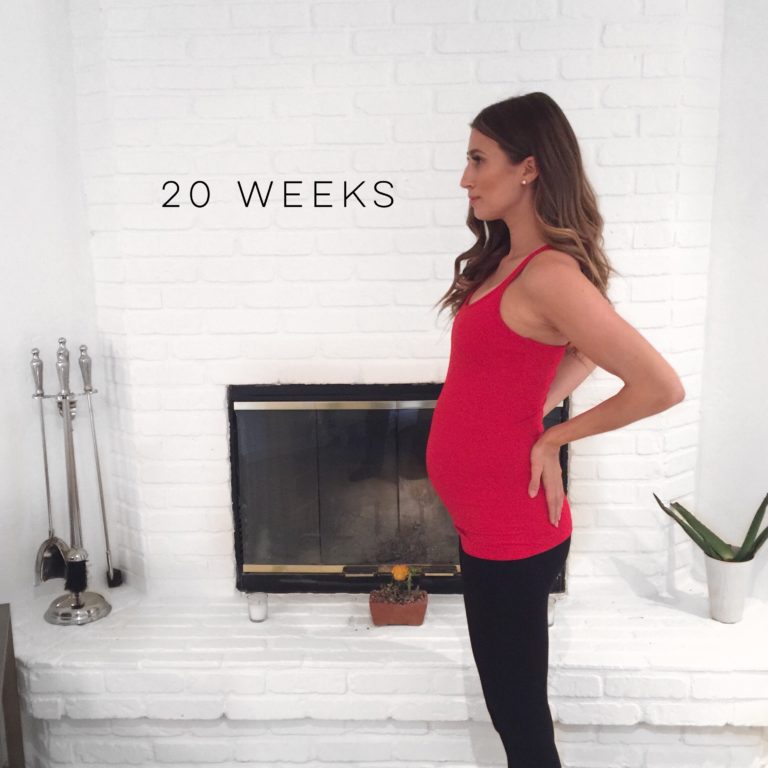 As you start to feel more like yourself and get that energy surge, you’re going to want to knock a bunch of to-dos off your list. Also, if you’ve found yourself too sick and tired to exercise lately, now’s the time to get back to a fitness routine. Exercise will only benefit you and baby and can even make labor easier. Worth it!
As you start to feel more like yourself and get that energy surge, you’re going to want to knock a bunch of to-dos off your list. Also, if you’ve found yourself too sick and tired to exercise lately, now’s the time to get back to a fitness routine. Exercise will only benefit you and baby and can even make labor easier. Worth it!
Increased sex drive
If you’re one of those lucky pregnant women who feels up for a roll in the hay at 13 weeks, enjoy! You may notice a bit of post-coital spotting during pregnancy at 13 weeks. A little spotting is normal simply because your cervix is more sensitive. But heavy bleeding (like a period) isn’t, so call your doctor if it’s more like a flow. Otherwise, you and your partner can use your increased sex drive to enjoy some together time before baby arrives!
Sorry, twin moms-to-be. If you’re 13 weeks pregnant with twins, you might still be experiencing some morning sickness and fatigue. That’s because twin moms can have more of the pregnancy hormone hCG in their systems.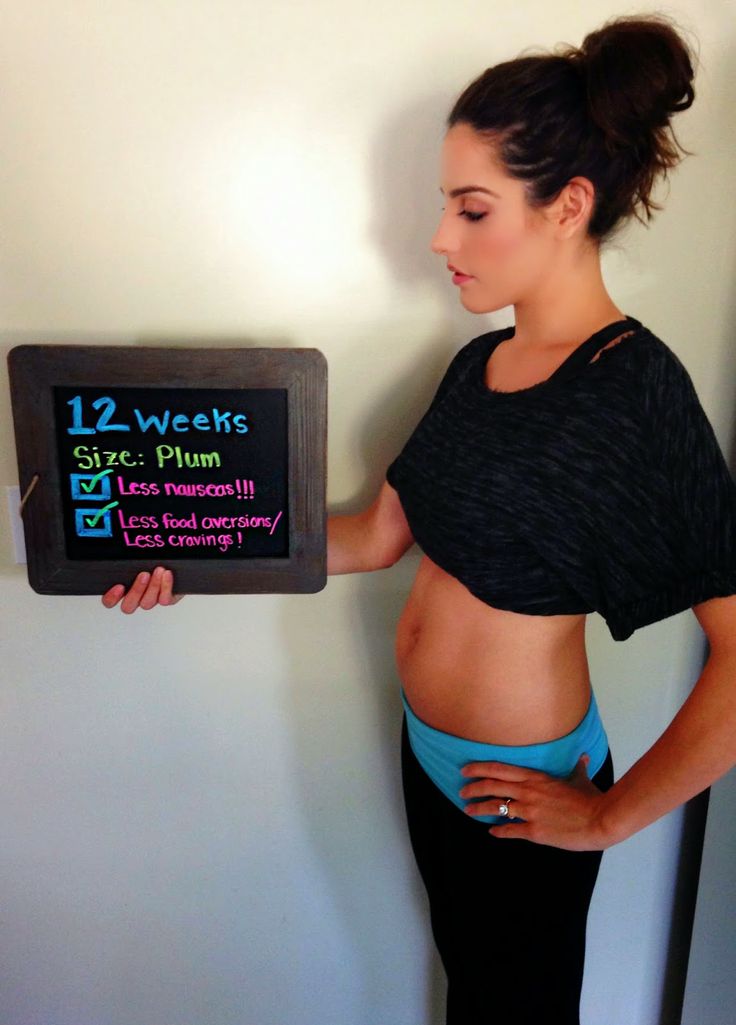 If your nausea and vomiting is super severe, definitely bring it up to your OB. If you’re able to hold down food and liquids but you’re still feeling ill, just wait it out a little longer.
If your nausea and vomiting is super severe, definitely bring it up to your OB. If you’re able to hold down food and liquids but you’re still feeling ill, just wait it out a little longer.
What should I expect at 13 weeks pregnant?
At 13 weeks pregnant, you’re turning the corner and may even feel like a new woman after a first trimester of morning sickness, fatigue and other issues. You may experience 13 weeks pregnant symptoms, as well as some indigestion, achiness and tiredness that’s typical in the first trimester. Expect to feel a lot more at ease in the second trimester!
Your Pregnant Belly at 13 Weeks
Your uterus is now big enough that it’s growing up and out of your pelvis. That means you’re starting to actually look pregnant. Finally, right? Expect to look more and more pregnant from here on out, because carrying a 13-week fetus calls for a weight gain increase. OBs recommend you gain weight in the healthiest way possible—that means slowly and steadily throughout your pregnancy.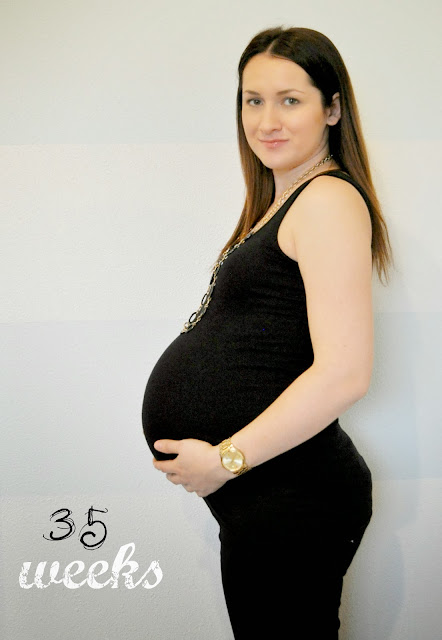 Here are the weight gain guidelines outlined by the American College of Obstetricians and Gynecologists (ACOG):
Here are the weight gain guidelines outlined by the American College of Obstetricians and Gynecologists (ACOG):
If you’re underweight (BMI under 18.5):
- Your recommended total pregnancy weight gain is 28 to 40 pounds.
- In the second and third trimesters, aim to gain about a pound (1 to 1.3 pounds to be exact) per week.
If you’re normal weight (BMI of 18.5 to 24.9):
- Your recommended total pregnancy weight gain is 25 to 35 pounds.
- In the second and third trimesters, aim to gain about a pound or a little less (0.8 to 1 pound to be exact) per week.
If you’re overweight (BMI of 25 to 29.9):
- Your recommended total pregnancy weight gain is 15 to 25 pounds.
- In the second and third trimesters, aim to gain a little over a half pound (0.5 to 0.7 pounds to be exact) per week.
If you’re obese (BMI of 30 and above):
- Your recommended total pregnancy weight gain is 11 to 20 pounds.

- In the second and third trimesters, aim to gain about a half pound (0.4 to 0.6 pounds to be exact) per week.
If you’re 13 weeks pregnant with twins:
- Your recommended total pregnancy weight gain is 37 to 54 pounds.
- In the first half of your pregnancy, aim to gain about a pound per week. In the second half, aim to gain a little over a pound per week.
Of course, you don’t want to stress yourself out about these numbers. What’s important is that you’re eating a healthy diet full of a variety of different foods, eating about 300 extra (nutritious) calories per day more than you did pre-pregnancy and getting plenty of exercise.
How does your belly feel at 13 weeks pregnant?
You’re probably feeling great in terms of nausea and morning sickness! However, to make room for your fast-growing 13-week fetus, your uterus is moving upward and outward. This expansion can cause stretch marks and itchy belly skin. Don’t forget to moisturize and eat well to keep skin soft and supple!
Can you feel the baby at 13 weeks?
Possibly! It’s different for everyone, but some women (particularly those who have been pregnant before) may start to feel those telltale movements when baby’s at 13 weeks. If you haven’t felt the first flutters yet, don’t worry—it can take up to 25 weeks along to feel what’s called “the quickening.”
If you haven’t felt the first flutters yet, don’t worry—it can take up to 25 weeks along to feel what’s called “the quickening.”
“It's debatable how much calorie needs actually increase during pregnancy, because the data shows that it varies widely between women (though usually in the ballpark of 300 to 500 calories extra). One researcher suggests that the adage of ‘eating for two’ be replaced with ‘eating for 1.1’ to better reflect the moderate increase in calories per day. Focus on nutrient-dense foods, so every bite is as packed with nutrition as possible.” - Lily NIchols, RDN, CDE, a registered dietitian and nutritionist and certified diabetes educator.
Tips for 13 Weeks Pregnant Symptoms
Know the signs of a UTI
Left untreated, a urinary tract infection can potentially travel to the kidneys and pose a health risk for Mom and baby. If you need to use the bathroom more often than usual, feel burning during urination or it looks or smells unusual, visit your doctor, who can test for bacteria and prescribe antibiotics.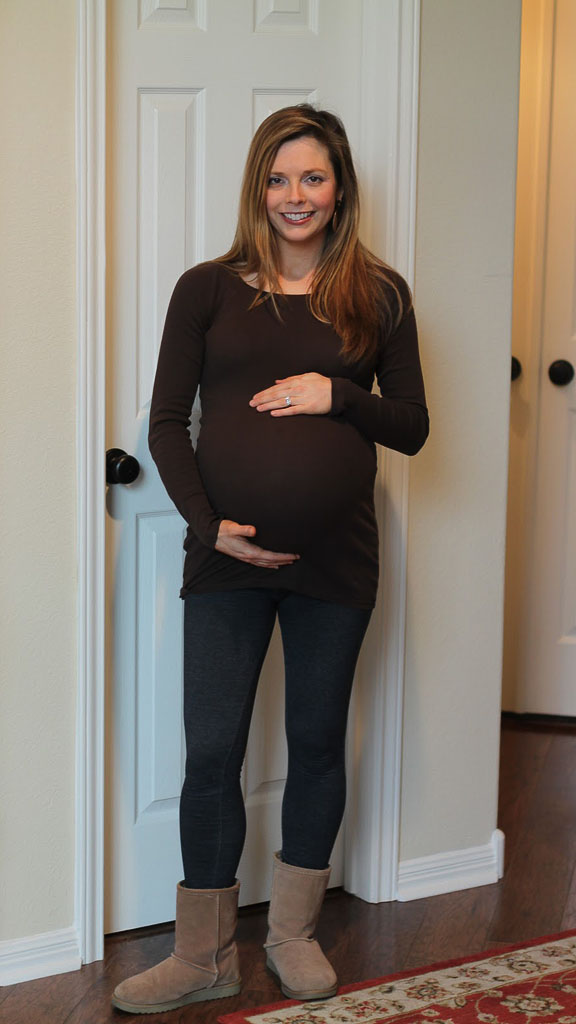
Strengthen your pelvic floor
When you’re carrying a baby at 13 weeks, your body needs all the support it can get. Your pelvic floor can weaken from pregnancy and labor, but you can do Kegel exercises to strengthen the area. They don't take a lot of time or effort, and a regular routine during pregnancy can pay off with less urinary leakage after you give birth and enhanced sexual sensations. Sounds good!
Find some together time
You and your partner may be hot and heavy between the sheets right now, but have some fun outside the bedroom too, so you can spend quality time with each other before baby makes three.
Eat a good breakfast
No more morning sickness? Breakfast is served! It’s the perfect time to get calcium, protein and the powerful nutrients that come from produce and whole grains. A healthy morning meal can also help you set the tone for nutritious eating for the rest of the day.
ADVERTISEMENT
Pregnancy Checklist at 13 Weeks Pregnant
Reminders for the week:
save article
PREVIOUS
Week 12Pregnancy
NEXT
Week 14Pregnancy
ADVERTISEMENT
Watch These Videos Next:
Advertisement
13 Weeks Pregnant | Pregnancy
You are now a 3rd of the way through your pregnancy and you're hopefully through the worst of your symptoms.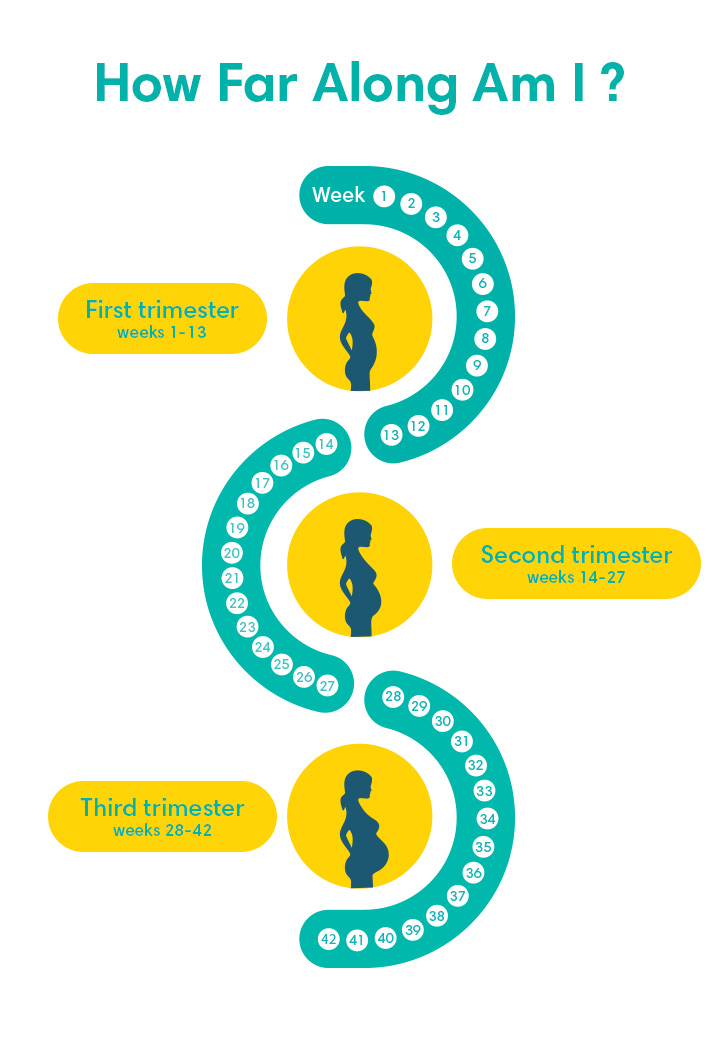
What's happening in my body?
A small baby bump may now be visible as your uterus (womb) grows upwards and outwards. If you've been feeling the urge to pee more often, that should stop as the womb moves away from your bladder.
Meanwhile, there's a lot more blood pumping around your pelvic area and some women find that it increases their sex drive. It could also make you feel more thirsty, so drink lots of fluids.
Sex during pregnancy is perfectly safe, unless your midwife or doctor has advised you otherwise.
Infection alert
There are ways you can protect yourself and the baby from many harmful viruses and bacteria:
- Try to avoid contact with anyone who has chickenpox or rubella – talk to your doctor or midwife straight away if you think you could be infected.
- If you have a cat, get someone else to empty the cat litter tray, as the faeces could contain a bug called toxoplasma gondii. This can cause an infection called toxoplasmosis that could damage your unborn baby.
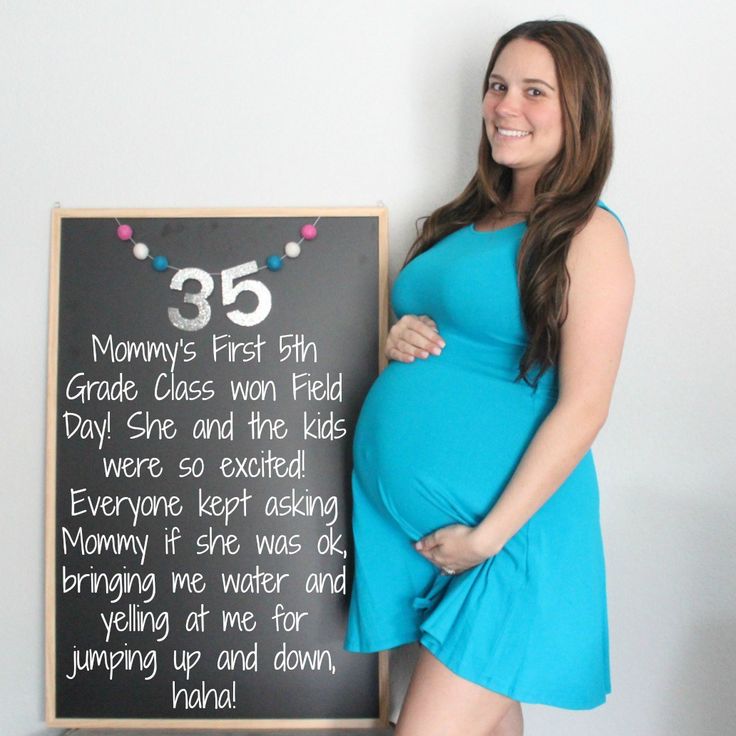
- You can also get toxoplasmosis from certain foods. Foods to avoid during pregnancy include undercooked meats, cured meats like salami, and unpasteurised goats' milk and cheese.
- Seek advice before travelling to any area affected by the Zika virus, as the virus can cause birth defects.
Read more about infections in pregnancy on the NHS website.
Coronavirus (COVID-19)
You and your family should follow the government and NHS guidance on coronavirus (COVID-19):
- read government guidance on how to stay safe from COVID-19
- get NHS advice about COVID-19
- use the NHS COVID-19 app for England and Wales - it's the fastest way of knowing when you've been exposed to COVID-19
Teeth troubles
Swollen, painful and bleeding gums are common during pregnancy. Read about keeping teeth and gums healthy in pregnancy on the NHS website.
You are entitled to free NHS dental care during pregnancy and for a year after your baby is born.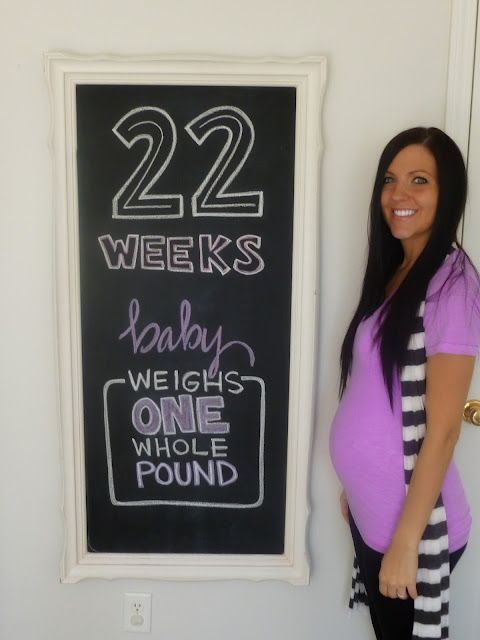 Ask your doctor or midwife for a maternity exemption certificate.
Ask your doctor or midwife for a maternity exemption certificate.
You already know the basics – clean your teeth twice a day, avoid sugary snacks and drinks, and don't smoke as it can make gum disease worse. But did you also know that:
- a soft toothbrush is best for sensitive gums
- you should brush in gentle circles, up and down
- if you're sick, protect your teeth by rinsing your mouth out with water, to flush away harmful acid in your vomit
- you should stick to alcohol-free mouthwashes to reduce plaque
2nd trimester pregnancy symptoms (at 13 weeks)
Your signs of pregnancy could include:
- swollen and bleeding gums
- pains on the side of your belly caused by your expanding womb (known as "round ligament pains")
- headaches
- nosebleeds
- bloating (read ways to cope with bloating on week 10's page)
- constipation (read about how to treat constipation on week 16's page)
- indigestion and heartburn (read ways to cope with indigestion and heartburn on week 25's page)
- sore breasts
- leg cramps
- feeling hot
- dizziness
- swollen hands and feet
- urine infections
- vaginal infection (read about how to treat vaginal infections on week 15's page)
- darkened skin on your face or brown patches – this is known as chloasma or the "mask of pregnancy"
- greasier, spotty skin
- thicker and shinier hair
You may also still experience symptoms from earlier weeks, including:
- morning sickness
- unusual pregnancy cravings
- heightened sense of smell
- mood swings
- white milky pregnancy discharge from your vagina
- light spotting (seek medical advice for any bleeding)
Read Tommy's guide to common pregnancy symptoms.
What does my baby look like?
Your baby, or foetus, is around 7.4cm long, which is about the size of a peach. The weight is about 25g, which is as heavy as a toothbrush with toothpaste on it.
Your baby's ovaries or testes are fully developed inside and final tweaks are being made on the outside. The baby is moving around. At first the movements are very jerky and random but then they start to look more deliberate.
You may not feel any movement until around week 17. Some babies suck their thumb in the womb. This actually serves a purpose as it helps to develop their sucking reflex. They'll need this when it comes to feeding.
Action stations
Many women will tell their employer after they've had their first pregnancy scan at around 12 weeks. Once you tell your employer, you have maternity rights and can attend antenatal appointments during paid work time. You can also ask for a risk assessment of your workplace to ensure that you're working in a safe environment.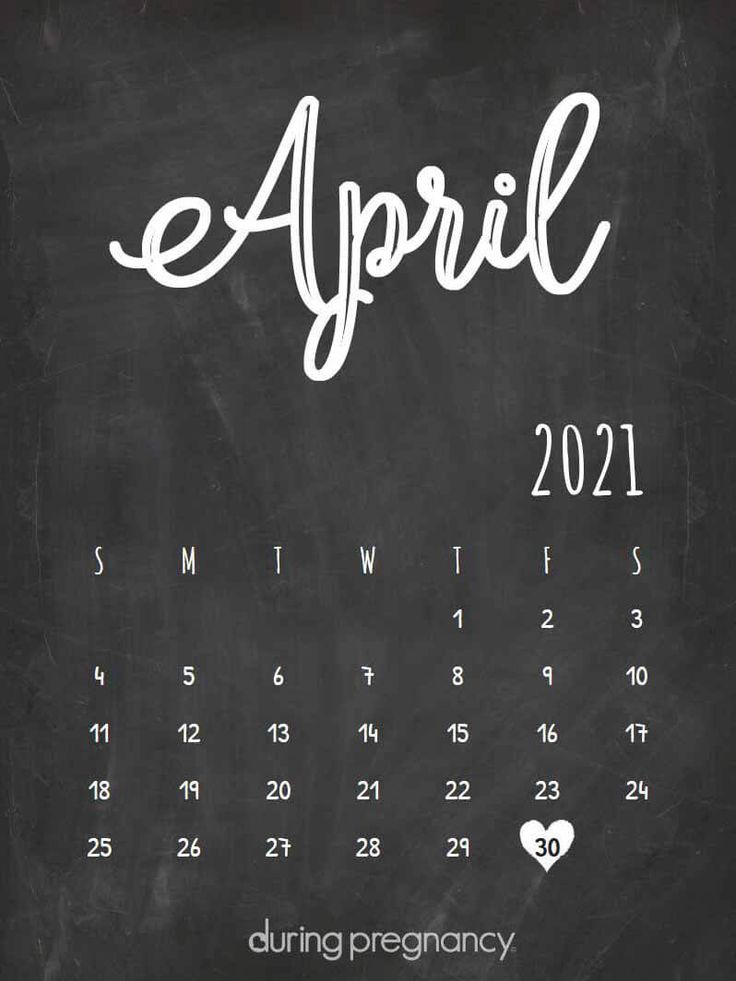
It's a good time to tone up your pelvic floor muscles. Gentle exercises can help to prevent leakage when you laugh, sneeze or cough. Get the muscles going by pretending that you're having a pee and then stopping midflow. Visit Tommy's for more information on pelvic floor exercises.
Ask your midwife or doctor about online antenatal classes – they may be able to recommend one. The charity Tommy's has lots of useful information on antenatal classes and preparing you for birth.
Even if you've had children before, antenatal classes are still worth going to as you can meet other parents-to-be. The NCT offers online antenatal classes with small groups of people that live locally to you.
To keep bones and muscles healthy, we need vitamin D. From late March/early April to the end of September, most people make enough vitamin D from sunlight on their skin. However, between October and early March, you should consider taking a daily vitamin D supplement because we cannot make enough from sunlight.![]()
Some people should take a vitamin D supplement all year round, find out if this applies to you on the NHS website. You just need 10 micrograms (it's the same for grown-ups and kids). Check if you're entitled to free vitamins.
It's recommended that you do 150 minutes of exercise a week while pregnant. You could start off with just 10 minutes of daily exercise - perhaps take a brisk walk outside. Check out Sport England's #StayInWorkOut online exercises (scroll to the pregnancy section). Listen to your body and do what feels right for you.
There's no need to eat for 2. You don't need any extra calories until the 3rd trimester, which starts in week 28. Try to eat healthily, with plenty of fresh fruit and veg, and avoid processed, fatty and salty foods. You may be able to get free milk, fruit and veg through the Healthy Start scheme.
You and your family should follow the government and NHS guidance on coronavirus (COVID-19):
To find out about about COVID-19 and pregnancy, childbirth and breastfeeding, have a look at advice on the:
what is happening, the development of pregnancy and fetus
Week by week
13th - 16th week of pregnancy
Elena Gevorkova
Obstetrician-gynecologist, Moscow
13th week
BABY
The length of the fetus is 6-7 cm at the beginning of the week, reaching 10 cm by its end. The fetus weighs about 20-30 g at this time.
The fetus weighs about 20-30 g at this time.
The countdown of the second trimester of pregnancy begins from the 13th week. From this period, intensive growth of the fetus occurs due to the lengthening of the arms and legs. The proportions of the body change, and the head is no longer as large in relation to the body as before. The formation of fingers and toes continues. The baby is already reaching out with his finger to his mouth, and often on ultrasound you can see that the thumb of the crumbs is in the mouth. This is how a very important reflex is manifested - sucking, which will be necessary for the child after birth. nine0012
Intensive growth of muscle tissue begins, especially in the limbs of the fetus. The activity of the fetus increases significantly, it makes smoother movements, but the woman still feels them, since the fetus is in the uterine cavity in a free position and practically does not come into contact with its walls.
A notable fact is the completion of the formation of all 20 milk teeth.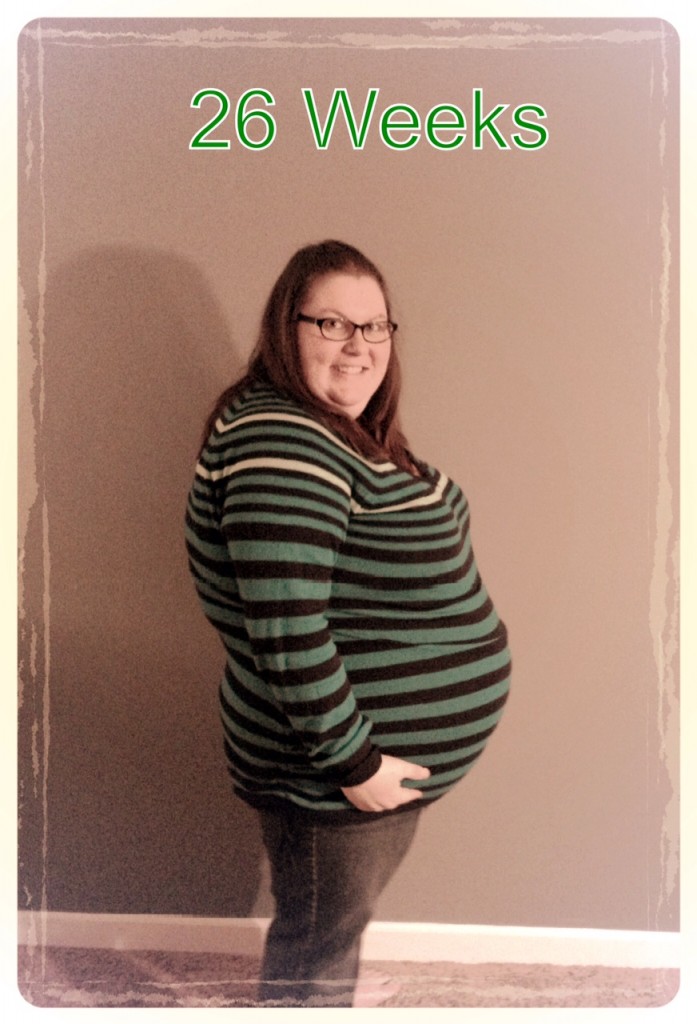 They are located under the dense mucous membrane of the upper and lower jaws of the fetus.
They are located under the dense mucous membrane of the upper and lower jaws of the fetus.
The gastrointestinal tract develops intensively, the intestines fit into loops, completely filling the abdominal cavity. The inner surface of the intestine (mucosa) forms special villi that line the entire area of the intestine. After the baby is born, these villi will play a very important role in digestion, absorbing nutrients from the intestinal cavity. The intestine makes wave-like (peristaltic) movements, as a result of which the amniotic fluid swallowed by the fetus passes through it. They do not contain any nutrients, and their transport through the intestines is only a stimulus for the formation of a muscular intestinal wall, preparation for postpartum life. nine0012
Future MOTHER
The beginning of the 13th week is marked by the fact that pregnant women feel much better and finally there is an opportunity to feel the whole range of positive emotions associated with the period of bearing a baby. Toxicosis, malaise, drowsiness recede. The emotional background changes, the woman becomes more calm, less irritable. This is due to a more stable hormonal background and the fact that the critical periods of pregnancy are experienced safely.
Toxicosis, malaise, drowsiness recede. The emotional background changes, the woman becomes more calm, less irritable. This is due to a more stable hormonal background and the fact that the critical periods of pregnancy are experienced safely.
At this time, most expectant mothers begin to change the shape of the abdomen. As a rule, the changes are invisible to others, but pregnant women clearly notice the appearance of a rounded tummy, discomfort when wearing previously familiar things. This requires an update of the wardrobe, the selection of more comfortable clothes.
14th week
BABY
The fetus has a length of up to 13 cm, its weight is 40-45 g.
The appearance of the fetus changes due to the distinct formation of the face. The cheeks are rounded, the eyebrows are outlined, the bridge of the nose becomes more pronounced. The baby makes distinct movements - holds on to the umbilical cord, feels his face, tummy. The head and body are covered with an embryonic fluff, which is tightly attached to the skin of the fetus. It performs a protective function, retaining a special lubricant located on the entire surface of the skin, which during childbirth will allow the child to slide smoothly along the mother's birth canal. Later, the thin, almost transparent germinal down will be replaced by thicker hairs. nine0012
It performs a protective function, retaining a special lubricant located on the entire surface of the skin, which during childbirth will allow the child to slide smoothly along the mother's birth canal. Later, the thin, almost transparent germinal down will be replaced by thicker hairs. nine0012
During this period, important events occur regarding the respiratory organs of the fetus. The intensive development of the muscular system concerns not only the motor muscles of the arms and legs, but also the muscles of the respiratory system. The fetus makes rhythmic and intense movements that mimic breathing. Such "training" is very important, because immediately after birth, the child must take the first breath, which requires muscle effort and the ability of the muscles to obey the signals that come from the brain. The glottis is partially closed, which allows a small amount of amniotic fluid to enter the lungs during "inhalation", but during the subsequent intense "exhalation" it is pushed back.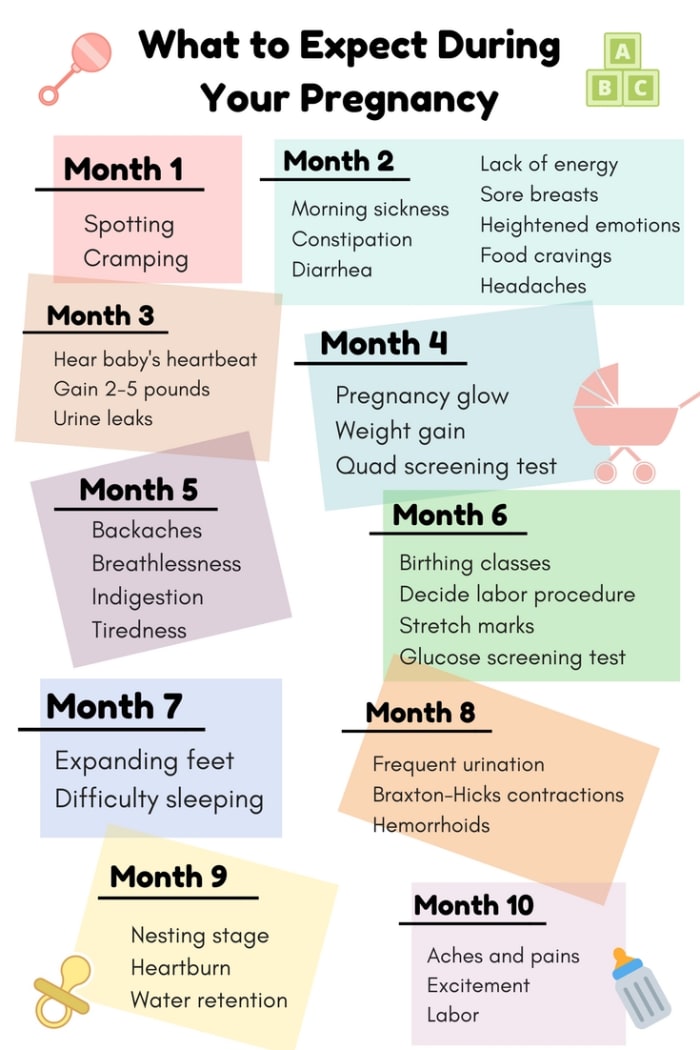 This washing promotes optimal maturation of the lung tissue. nine0012
This washing promotes optimal maturation of the lung tissue. nine0012
Noticeable changes are noted in the structure of the genital organs of the fetus. In girls, the ovaries move from the abdominal cavity to the pelvic cavity. In boys, the prostate gland (prostate) is intensively formed. The structure of the external genitalia is clearly differentiated into male and female genitalia, however, with ultrasound at this time, it is not always possible to reliably determine the sex of the fetus.
Important events take place in the organs of the endocrine system. The intensive functioning of the pancreas begins, the production of insulin, the hormone responsible for the metabolism of glucose in the body, occurs. From the 14th week, the functioning of the pituitary gland begins - the "chief" of all other glands, which controls their interaction and is responsible for growth processes. The pituitary gland is tiny and is located in the most protected part of the body - in the thickness of the brain, surrounded by the bones of the skull.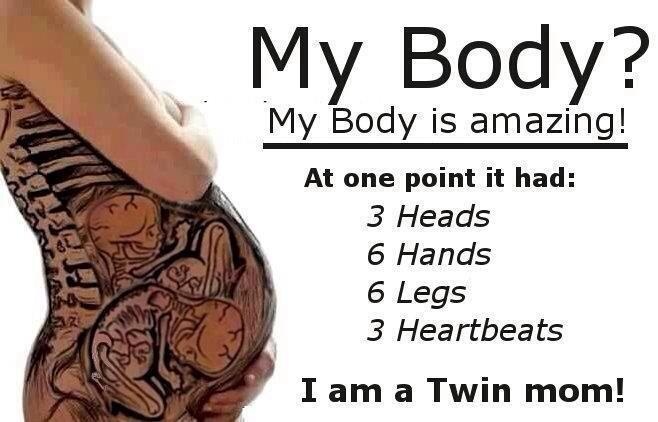 nine0012
nine0012
Expectant MOM
The intensive growth of the uterus continues, and from this period it becomes possible to independently feel the bottom of the uterus - its uppermost part - through the anterior abdominal wall; its upper edge is 10-15 cm above the pubis. From this period, the use of special skin care products for pregnant women is recommended. The skin of the abdomen is not yet stretched, but certain changes are already taking place in it, and it is important to use cosmetics - creams, lotions, oils that moisturize the skin. nine0012
Stretch marks during pregnancy (stretch marks) appear due to ruptures of connective tissue fibers (microcracks). A change in the hormonal background in expectant mothers reduces the elasticity and firmness of the skin, and even a slight weight gain, as well as redistribution of the subcutaneous layer of fat and swelling, lead to the fact that the natural stretching of the skin occurs with its damage and the appearance of stretch marks.
The use of special cosmetics increases the elasticity of tissues and fills the cells with moisture; in this case, when the skin is stretched, microtrauma will occur less frequently. nine0012
15th week
BABY
By the end of the 15th week, the length of the fetus is 14-15 cm, and the weight is about 50-70 g. legs. Fetal movements are very active; he manages to repeatedly change his position in the uterus in a few minutes. The fingers and toes are fully formed. The fetus often bends the arms at the elbows and wrists, actively clenching the fingers into a fist. The skin of the fingertips acquires a unique striation - a unique skin pattern. The formation of nails begins. nine0012
At this stage of pregnancy, the cardiovascular system of the fetus is improving. The fetal heart rate is twice as fast as the mother's pulse (its norm is 140-160 beats per minute). The tiny heart works very intensively, pumping up to 20 liters of blood per day. The circulatory system of the fetus is being improved: arteries and veins are actively growing, connecting into complexes.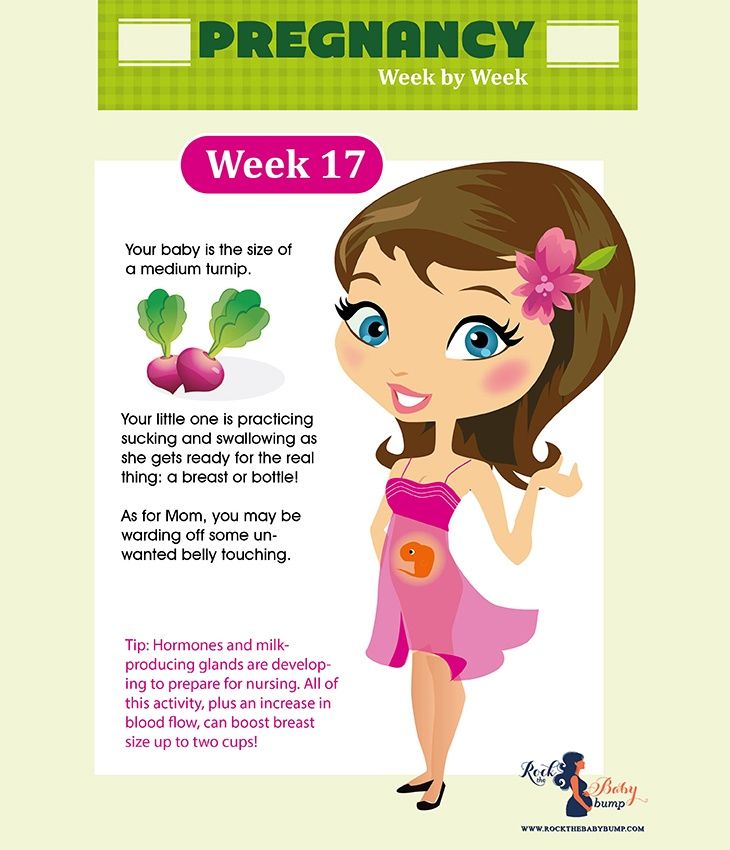 At this time, every organ - heart, brain, lungs, intestines, etc. - acquires its own vascular systems (arteries and veins). A dense network of blood vessels shines through the thin skin of the fetus, and therefore the fetus does not have the usual pink color, but red. nine0012
At this time, every organ - heart, brain, lungs, intestines, etc. - acquires its own vascular systems (arteries and veins). A dense network of blood vessels shines through the thin skin of the fetus, and therefore the fetus does not have the usual pink color, but red. nine0012
The formation of the nervous system goes through very important stages. The brain increases in mass, its convolutions and furrows deepen. Bones, muscles and all internal organs are intertwined with nerve fibers. A stable connection is formed between the brain (central nervous system) and the periphery. Impulses pass not only from the brain to the organs, but also in the opposite direction - this is how a very important “reverse response” system is born.
By week 15, the source of blood cell production changes. If up to this point, erythrocytes (red blood cells) were produced by the liver and the yolk sac, then from the 15th week this function is taken over by the red bone marrow, which is located inside the bones. nine0012
nine0012
From this period it becomes possible to determine the blood type and Rh factor of the fetus. Of course, the group and Rh are predetermined at the moment of conception, when the parents' chromosomes merge, but the realization of this information (the formation of special antigen proteins on the surface of red blood cells) occurs at this stage.
Future MOM
The belly of a pregnant woman continues to increase in size, at this time its growth is quite gradual. The uterus has a rounded shape, its bottom can be felt 15-20 cm above the pubis. nine0012
Skin pigmentation may appear both on the abdomen and on any other part of the body - arms, legs, face, chest, back of the expectant mother. As a rule, on the abdomen, this is manifested by a brown line stretching from the pubis to the navel, or separately located irregularly shaped spots. Skin pigmentation is associated with intensive production of melanin pigment and its deposition in the skin due to changes in hormonal levels, and occasionally, a lack of vitamins. The appearance of age spots should not be accompanied by discomfort, redness, swelling of the skin. If something like this occurs, it is necessary to inform the doctor about this, since such phenomena may be signs of an allergic reaction or a skin disease (dermatosis of pregnancy). The color of the line or spots can vary from light beige to dark brown. As a rule, these phenomena disappear on their own after childbirth. Do not use whitening creams without consulting your doctor: it may be unsafe for your baby. nine0012
The appearance of age spots should not be accompanied by discomfort, redness, swelling of the skin. If something like this occurs, it is necessary to inform the doctor about this, since such phenomena may be signs of an allergic reaction or a skin disease (dermatosis of pregnancy). The color of the line or spots can vary from light beige to dark brown. As a rule, these phenomena disappear on their own after childbirth. Do not use whitening creams without consulting your doctor: it may be unsafe for your baby. nine0012
16th week
BABY
Mimic muscles are formed in the fetus, and he starts their training – he frowns his eyebrows, opens and closes his mouth. The baby opens its eyes for the first time, which were previously tightly closed, learns to blink. Eyebrows and cilia are represented by fine fluffy hairs. The auricles are already in their usual place, while before this period they were located quite low - at the level of the neck. At this time, the inner ear is not yet able to hear, but the reaction of the fetus to loud sounds is clearly visible.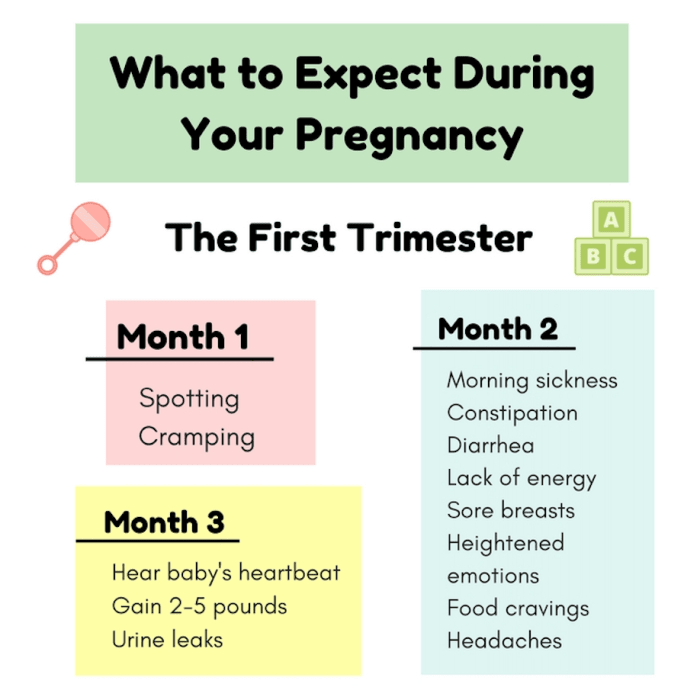 This is due to a special type of sound perception - bone conduction, the fetus, as it were, "hears" with the dense parts of its body - the bones. nine0012
This is due to a special type of sound perception - bone conduction, the fetus, as it were, "hears" with the dense parts of its body - the bones. nine0012
The fetus has already formed all the bones and joints. But the bones are still very soft, and the process of strengthening (ossification) will continue not only throughout pregnancy, but also after the birth of the child until puberty.
At 16 weeks, the external genitalia are already clearly visualized, and during an ultrasound examination, the sex of the baby can be determined almost unmistakably.
There is an intensive work of the kidneys of the fetus. From this period, the kidneys take over part of the excretory function, somewhat reducing the load on the placenta. During the day, the fetus swallows about 300-500 ml of amniotic fluid, they pass through the kidneys and are converted into urine. The fetus excretes urine every hour in small portions into the amniotic fluid through the formed urethra. nine0012
Expectant MOM
The general well-being of pregnant women usually improves significantly.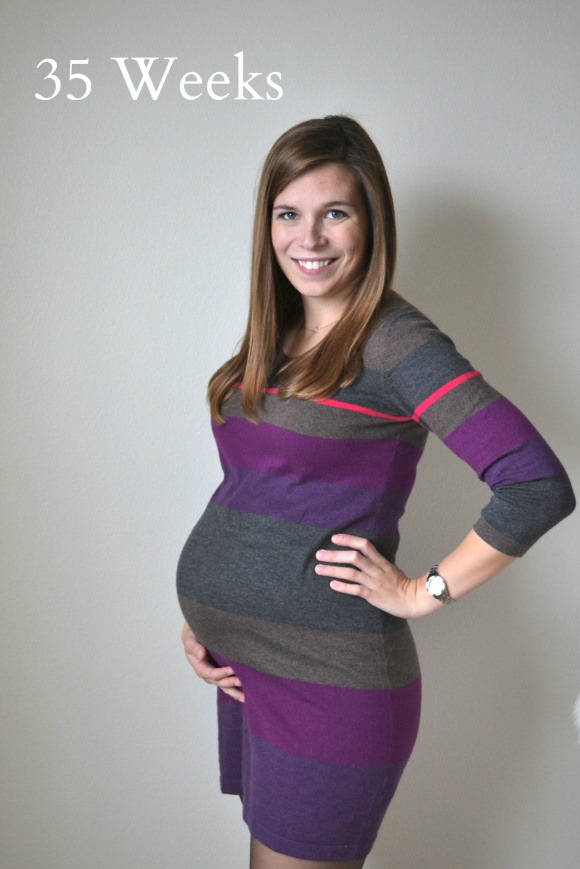 Appetite normalizes, gradual weight gain begins; by this time it should not exceed 2.5-3 kg.
Appetite normalizes, gradual weight gain begins; by this time it should not exceed 2.5-3 kg.
The growth of the abdomen at this stage of pregnancy is associated both with the development of the fetus and with a more intense accumulation of amniotic fluid. The tummy protrudes quite noticeably, but does not constrain the movements of the pregnant woman and does not give her a feeling of discomfort. And although the size of the abdomen is small, nevertheless, it is time to change some of your habits in connection with its growth. This applies to the choice of body position during sleep. It is not recommended to sleep on the stomach and on the back. In the first case, it can be uncomfortable for the baby and disrupt the blood flow in the uterus. In the second case, the uterus presses on large veins, which worsens the outflow of blood, can provoke cramps, swelling of the legs and aggravate varicose veins. It is optimal to sleep on your side: this position is most convenient for both mom and baby. nine0012
nine0012
13-16 weeks of pregnancy
Thirteenth week for a baby
The beginning of the week is characterized by a fetus length of 6-7 cm, and by its end it already reaches 10 cm, the weight of the unborn child at the moment is 20-30 grams.
This week kicks off the second trimester of pregnancy. The fetus grows intensively, its legs and arms lengthen. There is also a change in the proportions of the body, the head no longer looks as big as it used to be. The future baby already knows how to reach his mouth with his finger and sucks it, which is often seen by specialists during ultrasound diagnostics. Thus, the sucking reflex, which is so important for the baby in the first time after birth, finds its manifestation. nine0012
Intensive muscle growth occurs, especially in the legs. The future baby becomes more active, his movements are now smoother. At this time, the woman is not able to feel the child, because he, being in the uterus, floats freely and does not actually come into contact with its walls.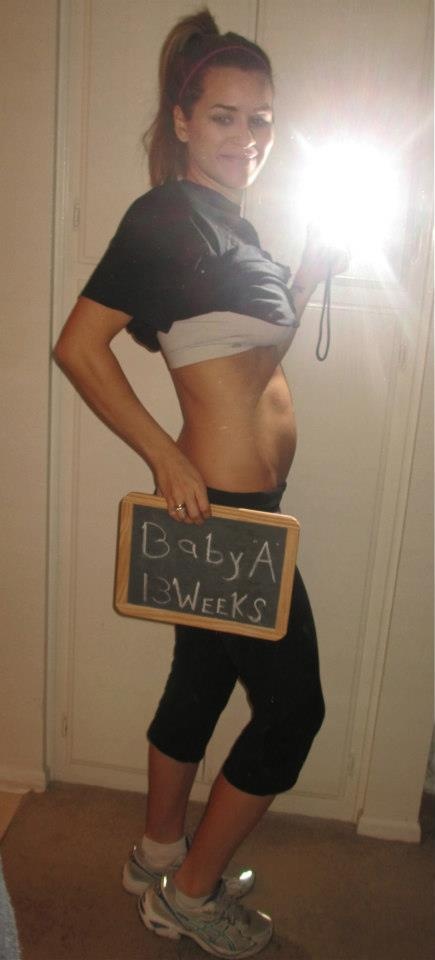 In the fetus at this stage, the formation of the rudiments of all milk teeth ends. The rudiments are located in the mucosa of both jaws.
In the fetus at this stage, the formation of the rudiments of all milk teeth ends. The rudiments are located in the mucosa of both jaws.
The gastrointestinal tract is also in the stage of active growth and development. Fitting into loops, the intestine completely fills the abdominal cavity. On the inner surface of the intestine, its mucous membrane, villi are formed, which should cover the entire internal area. These villi after birth will help the baby absorb all the nutrients from the food in the intestinal cavity. The wave-like movements that the fetal intestine makes help it push through the amniotic fluid, which the unborn baby constantly swallows. These waters do not contain useful substances, they only help the intestines to train and form the necessary muscular system. nine0012
The thirteenth week for the expectant mother
A woman at the thirteenth week begins to feel much better, she finally manages to feel only positive emotions associated with the expectation of the baby.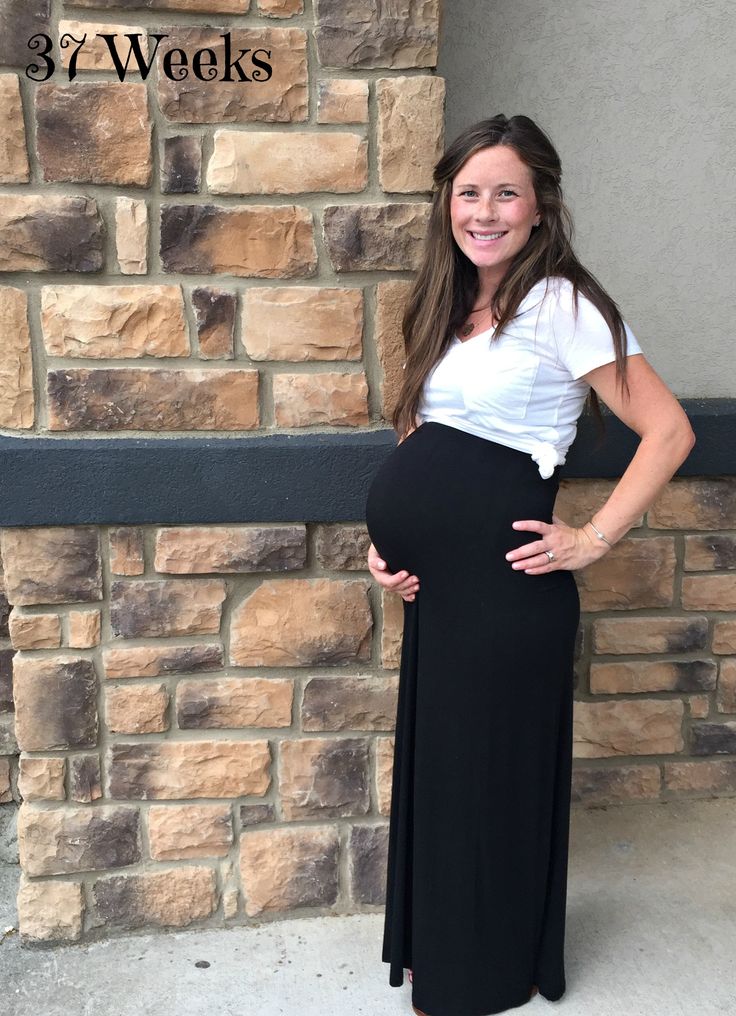 Malaise, toxicosis and the desire to sleep remain in the past. The emotional background also undergoes changes. A woman becomes calmer and more peaceful, frequent mood swings and irritability also remain in the past. This is due to the end of critical periods of pregnancy and a more stable hormonal background. nine0012
Malaise, toxicosis and the desire to sleep remain in the past. The emotional background also undergoes changes. A woman becomes calmer and more peaceful, frequent mood swings and irritability also remain in the past. This is due to the end of critical periods of pregnancy and a more stable hormonal background. nine0012
This term for most expectant mothers is associated with a change in the shape of the abdomen. Such changes are not yet noticeable to others, but the woman herself clearly sees the roundness that has arisen, feels discomfort when wearing ordinary things. It's time to pay attention to the selection of special clothes that can create comfortable conditions for a woman and a future baby.
Fourteenth week for the baby
At this stage, the weight of the fetus is 40-45 grams, its length is 13 cm.
The distinct formation of the face leads to a change in the appearance of the fetus. The bridge of the nose becomes more pronounced, the eyebrows are outlined, the cheeks are rounded.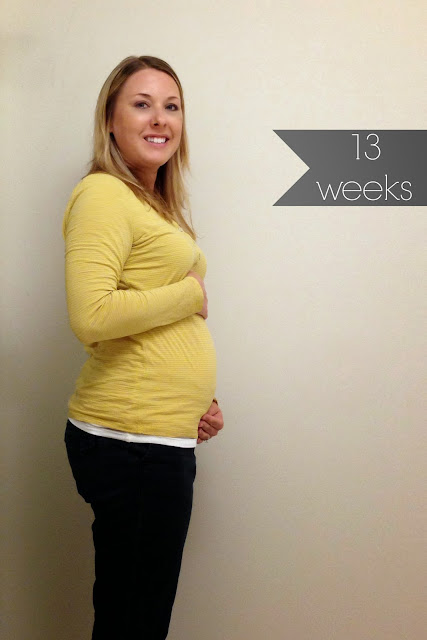 The child moves, he feels himself on the tummy and cheeks, holds on to the umbilical cord. The embryonic fluff, which covers the entire body, is tightly attached to the skin of the fetus. This gun has a protective function - it retains a special lubricant that will allow the baby to easily pass through the birth canal during the birth process. Over time, the almost transparent birth fluff will be replaced by thicker hairs. nine0012
The child moves, he feels himself on the tummy and cheeks, holds on to the umbilical cord. The embryonic fluff, which covers the entire body, is tightly attached to the skin of the fetus. This gun has a protective function - it retains a special lubricant that will allow the baby to easily pass through the birth canal during the birth process. Over time, the almost transparent birth fluff will be replaced by thicker hairs. nine0012
Important processes take place in the respiratory organs of the fetus precisely at the fourteenth week. Also, muscle tissues develop not only of the motor system, but also of the respiratory system. The fetus begins to imitate breathing with its movements. Such training is of great importance for the future baby, since he must take his first breath immediately after birth. His respiratory organs, under the influence of signals from the brain, should open up and begin to fully function. At this time, there is a partial opening of the glottis, so amniotic fluid penetrates into the respiratory organs on inspiration. Then there is an intense exhalation, and they are pushed out of the body of the unborn child. Rinsing with amniotic fluid of the lung tissues contributes to their proper maturation. nine0012
Then there is an intense exhalation, and they are pushed out of the body of the unborn child. Rinsing with amniotic fluid of the lung tissues contributes to their proper maturation. nine0012
There are changes in the structure of the genital organs. In boys, the intensive formation of the prostate begins, in girls, the ovaries move to the pelvic area, which were previously located in the abdominal cavity. There is a differentiation of the external genitalia, but when examining ultrasound at this stage, it is not always possible to establish the sex of the unborn child.
The organs of the endocrine system also develop. An important event is the start of the pancreas. Insulin, an important hormone that regulates glucose levels in the body, also begins to be produced. This week, the pituitary gland begins to function, regulating the work of all the glands of the body, responsible for their coherence, interaction, as well as the process of growth of the fetus and child in the future.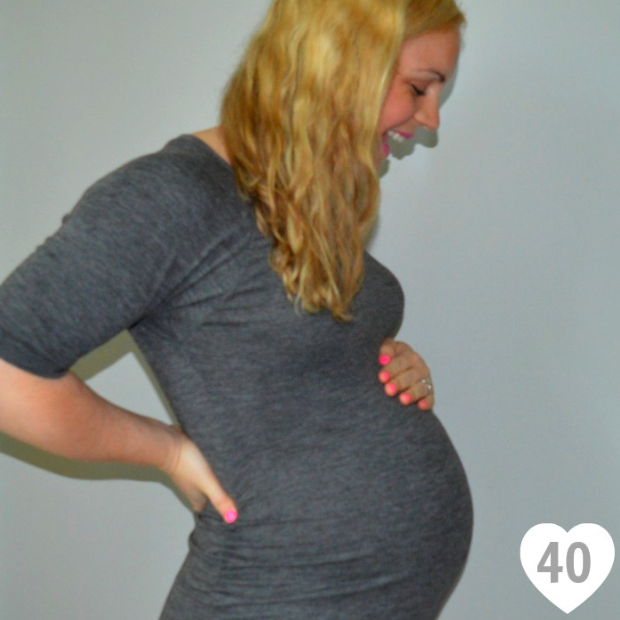 The pituitary gland is located in the most protected part - surrounded by the bones of the skull, in the thickness of the brain. nine0012
The pituitary gland is located in the most protected part - surrounded by the bones of the skull, in the thickness of the brain. nine0012
Fourteenth week for the expectant mother
A woman's uterus grows intensively, it becomes possible to independently palpate through the anterior abdominal wall its uppermost part - the bottom, which will be 10-15 cm above the pubis. It's time for a woman to purchase special care products that will help nourish her skin and make her able to calmly endure the upcoming changes.
Stretch marks on the skin, which occur in many women, are the result of microcracks, i.e. breaks in the connective fibers. The elasticity and firmness of the skin are significantly reduced, so even a small increase in weight can cause microcracks. There is a redistribution of subcutaneous fat, swelling may occur, so special care is simply necessary. Creams, lotions and other products for pregnant women are characterized by nutritionally safe formulations, they will help the skin restore elasticity and firmness, and prevent the appearance of stretch marks.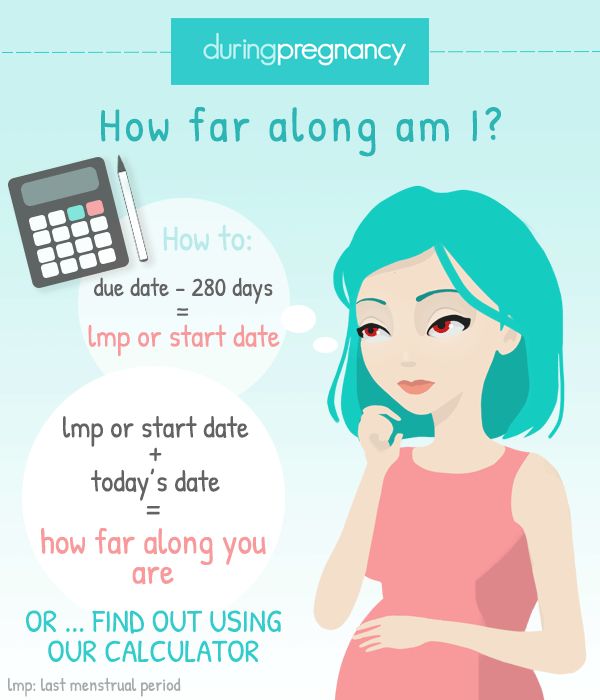 Even if striae occur due to excessive weight gain, their number will be minimal. nine0012
Even if striae occur due to excessive weight gain, their number will be minimal. nine0012
Fifteenth week for a baby
At the end of the fifteenth week, the weight of the fetus is already about 50-70 grams, its length is 14-15 cm. The limbs grow, they can outstrip the size of the head due to the intensive development of the bones of the legs and arms. The future baby begins to actively bend his fingers and elbows, a unique skin pattern appears on the palms and fingers, and the process of nail formation begins.
At this stage, the cardiovascular system is being improved. The number of heart beats per minute is twice the mother's and is 140-160. A tiny heart pumps 20 liters of blood per day, contributing to the intensive development of the body. The fetus actively grows veins and arteries, there is a general improvement of the circulatory system. Own systems of veins and arteries are formed in each internal organ - kidneys, lungs, heart, brain, etc. The fetus acquires an unusual red color instead of pink, because it has very thin skin, and the circulatory system, developing, affects its color.![]() nine0012
nine0012
The nervous system at this time is undergoing important stages of formation. The mass of the brain increases, its furrows and convolutions increase. All muscles, internal organs and bones are braided with nerve fibers. A strong and stable connection is being established between the central nervous system and the peripheral one. Impulses begin to flow in both directions: from the brain to the organs and back. An important system of "reverse response" is emerging for the human body.
If before the fifteenth week red blood cells (erythrocytes) were produced by the gall sac and liver, then after this stage, this function begins to be performed by the red bone marrow located inside the bones. nine0012
It is already possible to determine the blood type and Rh factor of the unborn baby. The laying of the group and Rhesus occurs at the time of conception of the baby, but this information is realized only at the fifteenth week. There is a formation of special antigen proteins that appear on the surface of erythrocytes.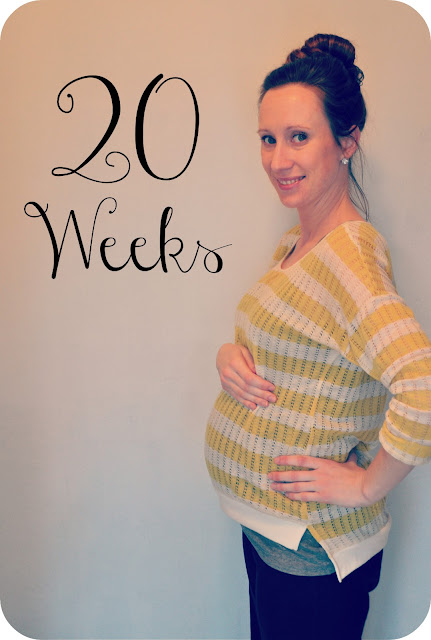
Fifteenth week for a future mother
A woman's belly grows quite smoothly, it increases gradually and does not cause discomfort in everyday life. The bottom of the uterus is already palpable through the anterior abdominal cavity at a height of 15-20 cm from the pubis. nine0012
Intensive production of melanin pigment occurs in the body, which is deposited in the skin. This process is caused by a hormonal background and causes the appearance of age spots on the surface of the skin, which can form in completely different places. Often a dark stripe appears on the abdomen, which has a brown tint and goes from the navel to the pubis. Rarely, the cause of increased melanin synthesis is a lack of vitamins in the body.
Brown spots should appear without any sensation. If their occurrence is accompanied by swelling, redness or discomfort, you should see a doctor. Such reactions may be the result of allergies or dermatosis of pregnant women - a common skin disease. Pigment spots can have a different shade - from light beige to dark brown. Almost always, such manifestations after the appearance of the baby disappear on their own. The use of whitening creams during pregnancy is possible only after consulting a doctor, because they may be unsafe for the fetus. nine0012
Almost always, such manifestations after the appearance of the baby disappear on their own. The use of whitening creams during pregnancy is possible only after consulting a doctor, because they may be unsafe for the fetus. nine0012
The sixteenth week for the baby
The formation of mimic muscles in the fetus takes place, he begins to develop them, which is expressed in the frown, opening and closing of the mouth. The fetus gets the opportunity to open its eyes for the first time, which up to this point were tightly closed for centuries, it begins to learn to blink. In place of eyelashes and eyebrows, you can see thin fluffy hairs. If the auricles before this stage were located in the wrong place, closer to the neck, now they are already placed as in an adult. Although there is a pronounced reaction of the fetus to loud sounds, at this stage, his middle ear is not yet able to hear. The reaction is due to such a way of perception as bone conduction. It turns out that the fetus hears through the dense parts of the body (bones).![]() nine0012
nine0012
The process of formation of all joints and bones has already been completed in the future baby. The process of ossification, i.e., compaction of bone tissue, will continue not only during the entire remaining period, but also after birth, almost until puberty.
With an ultrasound examination, it is already possible to reliably determine the sex of the child, since his external genitalia are fully formed. It is at this time or a little later (depending on the time of the appointed diagnosis) that the mother gets the opportunity to find out who will be born to her. nine0012
Kidneys work intensively in the fetus. Now they begin to perform a partially excretory function, slightly reducing the load that lies on the placenta. The urinary canal is formed, the fetus swallows 300-500 mm of amniotic fluid daily, they pass through its intestines and are excreted by the kidneys. Urination is performed in small portions every hour, urine enters the amniotic fluid.
Sixteenth week for the expectant mother
At this stage, the woman feels a significant improvement in well-being.![]()
